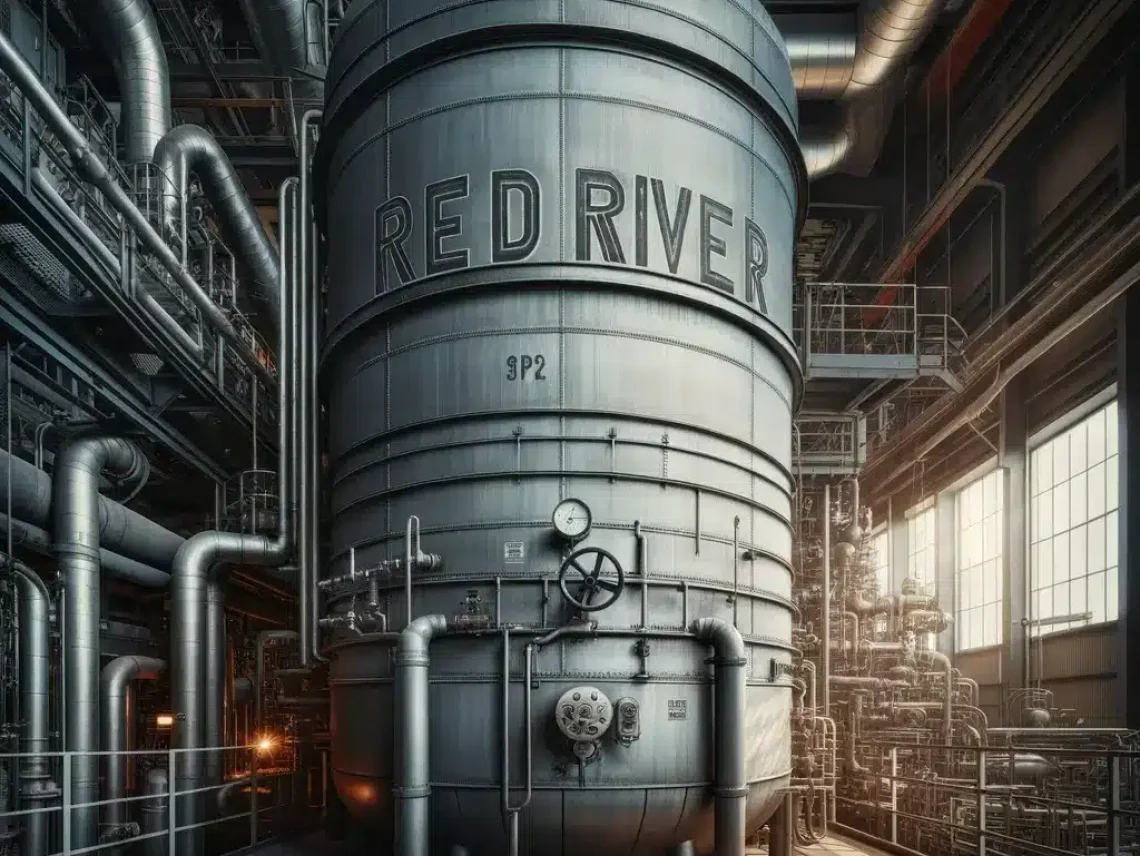
Table of Contents
TogglePressure vessels are essential in many industries, from chemical processing to energy production. These containers are designed to hold gases or liquids at high pressures and temperatures. Choosing the right shape is crucial as it affects the vessel’s structural integrity, performance, and safety. This guide explores the factors that determine the best shape for a pressure vessel.
Spherical pressure vessels are often considered the most efficient shape for handling high pressure. Here’s why:
However, manufacturing and transporting spherical vessels can be challenging due to their shape, which may limit their practicality for some applications.
Cylindrical vessels, especially those with a straight, long design, are another popular choice in pressure vessel design. They are preferred in certain scenarios for the following reasons:
However, cylindrical vessels may experience stress concentration at the ends, necessitating additional reinforcement. The stress distribution is less uniform than in spherical vessels, which can limit their use in extremely high-pressure applications.
While spherical and cylindrical shapes are the most common, other shapes like ellipsoidal, torispherical, and conical vessels offer unique advantages and are used in specialized applications:
To make an informed decision about the shape of a pressure vessel, consider the following critical factors:
Let’s explore some real-world examples to illustrate how shape selection is influenced by specific application requirements:
As technology and materials advance, pressure vessel design continues to evolve. Some future trends and innovations in pressure vessel shapes include:
Regardless of the chosen shape, safety is paramount in pressure vessel design. Here are some critical safety considerations to keep in mind:
After a pressure vessel is in operation, regular maintenance and inspection are essential to ensure ongoing safety and performance. The shape of the vessel can influence these practices:
The field of pressure vessel design continues to evolve with advancements in technology and the development of new materials. Here are some emerging trends to watch for:
As sustainability becomes a central concern in industry, pressure vessel design is also being influenced by environmental considerations:
Examining successful implementations of pressure vessel design can provide valuable insights into the importance of shape selection. Here are a few case studies that highlight different shapes for specific applications:
The field of pressure vessel design is not static; it continually evolves as technology and engineering knowledge advance. To stay at the forefront of this field, professionals engage in ongoing research and development efforts. Some areas of research and development include:
As we look to the future, several key trends and developments are likely to shape the field of pressure vessel design:
In conclusion, the future of pressure vessel design is poised for innovation and sustainability. As industries seek to improve efficiency, safety, and environmental impact, pressure vessels will continue to adapt and evolve. Engineers, researchers, and industry professionals will collaborate to meet the growing demands of various applications while upholding safety standards and environmental responsibility. Pressure vessels will remain integral to our modern world, supporting diverse industries from energy to manufacturing and beyond.
The shape of a pressure vessel significantly influences its ability to withstand internal pressure. Different shapes distribute stress and strain in varied ways. A well-designed shape ensures uniform distribution of stress, minimizes weak points, and enhances the vessel’s safety and efficiency. This is crucial in industries where pressure vessels operate under high pressure and temperature conditions.
Spherical pressure vessels are often considered the most efficient in terms of stress distribution. The spherical shape allows for uniform distribution of stress on all sides of the vessel. This uniformity reduces the chances of stress concentrations, which are common in vessels with corners or flat surfaces. Additionally, spherical vessels typically require less material than cylindrical ones to achieve the same strength, making them a cost-effective option.
Cylindrical pressure vessels, particularly those with hemispherical ends, are widely used due to their practical advantages. They are easier to manufacture and integrate into systems than spherical vessels. Cylinders provide a better height-to-diameter ratio, making them more suitable for certain applications where space is a constraint. They also facilitate easier mounting of internal components and external attachments.
The material of a pressure vessel affects its optimal shape due to varying strength and flexibility characteristics. For instance, materials with higher tensile strength can better withstand the stresses in a cylindrical shape, while more ductile materials might be better suited for spherical vessels. The corrosion resistance, temperature tolerance, and fatigue life of the material also play a significant role in determining the most suitable shape.
In industries like aerospace, weight and space are critical factors. Spherical vessels might be preferred for their material efficiency and strength. In chemical processing, however, ease of manufacturing, maintenance, and integration into existing systems might make cylindrical vessels more desirable. Additionally, the nature of the stored substance (e.g., liquid, gas, corrosive materials) and operational conditions (e.g., temperature, pressure) significantly influence the choice of shape.
In the realm of industrial solutions, Red River emerges as a pioneer, offering a diverse range of custom-engineered products and facilities. Among our specialties is the design and production of Custom/OEM Pressure Vessels, meticulously crafted to meet individual client requirements, ensuring performance under various pressure conditions. Our expertise extends to the domain of prefabrication, where Red River leads with distinction.
The company excels in creating prefabricated facilities, modules, and packages, reinforcing its stance as a forerunner in innovation and quality. This proficiency is further mirrored in their Modular Skids offering, where they provide an array of Modular Fabricated Skid Packages and Packaged equipment. Each piece is tailored to client specifications, underlining their commitment to delivering precision and excellence in every project they undertake.